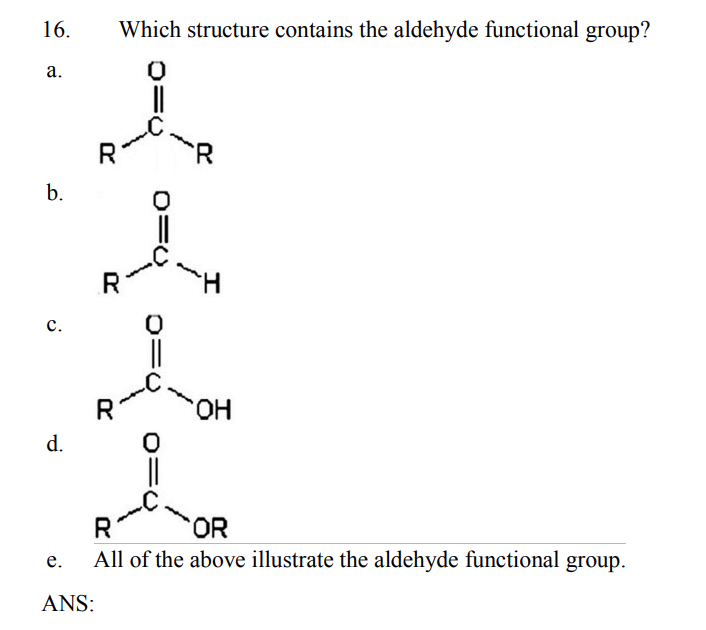


Two aliphatic or aromatic groups are attached to the carbonyl group in ketones. Formaldehyde is an unusual example in which two hydrogen atoms are bonded to the carbonyl in the compound. Note that the O=C stretch of the alpha, beta-unsaturated compound - benzaldehyde - is at a lower wavenumber than that of the saturated butyraldehyde. The carbonyl group in aldehydes is connected to a hydrogen atom as well as aliphatic or aromatic radicals. The spectra of benzaldehyde and butyraldehyde are shown below. alpha, beta-unsaturated aldehydes 1710-1685 cm -1 The functional group itself (without the R side chain) can be referred to as an aldehyde but can also be classified as a formyl group.If you suspect a compound to be an aldehyde, always look for a peak around 2720 cm -1 it often appears as a shoulder-type peak just to the right of the alkyl CH stretches. Since the band near 2830 cm -1 is usually indistinguishable from other CH stretching vibration bands (recall that the CH stretches of alkanes appear from 3000-2850 cm -1), the presence of a moderate band near 2720 cm -1 is more likely to be helpful in determining whether or not a compound is an aldehyde. This band generally appears as one or two bands of moderate intensity in the region 2830-2695 cm -1. See also:Īnother useful diagnostic band for aldehydes is the O= CH stretch. As in ketones, if the carbons adjacent to the aldehyde group are unsaturated, this vibration is shifted to lower wavenumbers, 1710-1685 cm -1. An aldehyde or formal group is a functional group that does not. The carbonyl stretch C=O of saturated aliphatic aldehydes appears from 1740-1720 cm -1. An aldehyde is an organic chemical with the structure C(H)O that contains a functional group. IR: aldehydes IR Spectroscopy Tutorial: Aldehydes


 0 kommentar(er)
0 kommentar(er)
